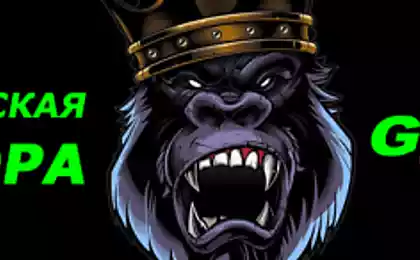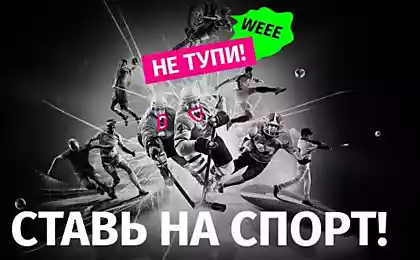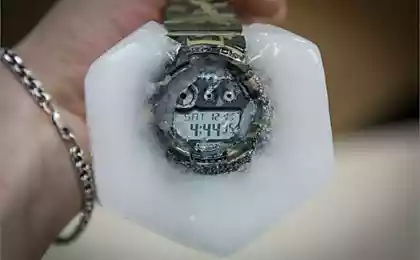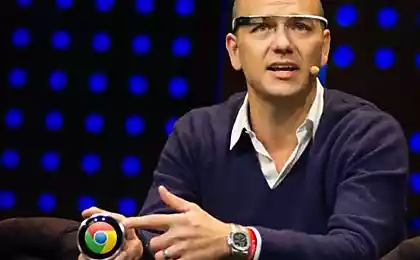658
How to make incredible glass Gorilla glass
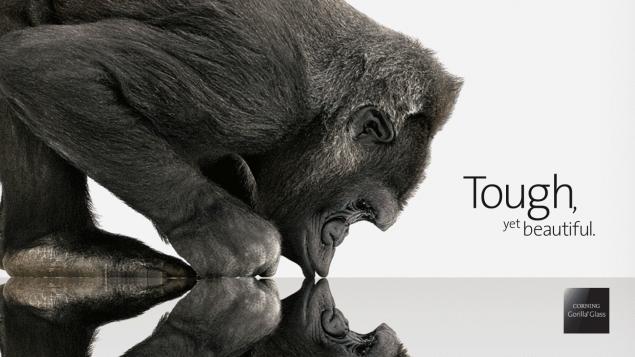
It may seem that we are at the beginning of the era of gadgets. A few decades ago personal computers were not portable, and mobile phones were rare luxuries. Today, a quick glance at the electronics store tells you everything you need to know. Gadgets are our toys, and our toys are extremely portable.
Electronics is also improving. Processor frequency has increased dramatically, following Moore's law. The screen resolution is clearer, and it is brighter than ever. Some companies spend almost as much time on aesthetics as on engineering. However, there is one enhancement you might not notice: the glass becomes stronger.
Manufacturing company Corning has developed a product that she called Gorilla Glass. The company made this glass, in accordance with our electronic way of life. As we carry around computers, tablets, smartphones, MP3 players, we risk damaging them in everyday use. Gorilla glass from Corning scratch resistance and has high impact qualities. Corning's approach allows you to make incredibly thin glass, which means that its thickness will not interfere with capacitive touch screens or add significant weight to the device.
The secret of Corning? What's so special about Gorilla Glass that makes it different from other types of glass? The response contains the incredible temperatures, a special trough, robots and a bath with molten salt. The final product is a thin piece of glass that can withstand very, very much.
Sand сплав

Although you may think that glass is an artificial material in the nature it is quite common. Certain rocks and minerals become glass after exposure to high temperatures. This happens quite naturally, flowing with lava flows and lightning strikes the ground.
People have created glass for millennia. Furnace, capable of creating incredible heat, melt certain types of rocks that we call glass. At this stage you can make out of glass that you want, including puff from his pipe, blowing air in mass. We call this technique glass blowing.
Commercial glass usually comes from three main sources. The first is sand, which chemically is silicon dioxide. This is the type of material that Corning uses in its manufacturing process. The other two types of material include limestone and sodium carbonate.
Corning takes silicon dioxide (SiO2) and combines it with other chemicals before fusing it into the glass. The result is aluminosilicate glass — it contains aluminum, silicon and oxygen. The glass also contains sodium ions, which will be needed in the next stage of manufacture.
Corning pours molten glass into a trough in a V shape, but doesn't stop when it is filled to the brim. The company continues to add molten glass until the glass begins to flow from the edges of the gutter. Automated manipulators pull together the sheets of glass from the edges of the gutter. Each sheet thickness somewhere in half-millimetre.
If you use this glass for their electronic devices, it will be very transparent. But it's not damage-resistant Gorilla Glass, it's just aluminosilicate glass. To give Gorilla Glass ability to resist scratches and cracks, Corning dips these sheets of glass in a small bath.
Ion обмен
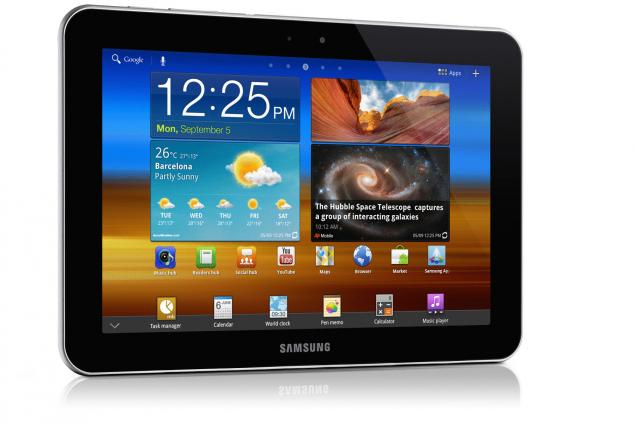
Special trick in the process which is the Gorilla Glass is a chemical process called ion exchange. Ion is a charged atom that has either gained or lost an electron. Electrons — negatively charged subatomic particles. The total charge of the ion is negative, if it has an extra electron or positive if it lost an electron. Elements in their atomic form have a neutral charge because the number of electrons equals the number of protons, positively charged.
What do ions have to do with the glass? The aluminosilicate glass from the first stage of the production process contains sodium ions. Corning bathes the sheets of glass in the bath with ions of potassium. If you look at the periodic table of elements, you will see that sodium is just above potassium. Dmitri Mendeleev who created the periodic table, arranged elements in order of atomic weight and grouped together elements with similar characteristics. Sodium and potassium belong to the group of active alkali metals. They very much react with other substances.
The above sodium in the periodic table than potassium, which means that the sodium atom smaller than an atom of potassium. Oddly enough, it matters. If you take the sodium ions from the aluminosilicate glass and replace them with larger potassium ions, the sheet of glass is under pressure.
Imagine that you have a network. Filament network quite flexible but tight. Each mesh opening is of a Golf ball. Now imagine that you replace all the Golf balls tennis balls. Much the same happens at the atomic level during ion exchange.
How does it work? To replace sodium with potassium, you first need to break the ion bonds that are established from sodium glass. That's why the potassium salt bath is so hot — Corning argues that the bath is heated to 400 degrees Celsius. At this temperature the energy (heat) destroys the ionic bonds of sodium in the aluminosilicate. But low-level metals have one characteristic: they can support ionic bonds at higher temperatures than the lighter active metals. Potassium weighs more than sodium — that's why 400 degrees Celsius is not enough to separate the potassium ions and the aluminosilicate.
After a nice hot dip in the potassium bath, the aluminosilicate becomes compressed by potassium ions. The pressure creates a protective layer of glass and gives it the power not found in ordinary glass. As for environmental protection — Gorilla Glass suitable for secondary processing.
Gorillas in стекле

The process of exchange of ions is not new, and Gorilla Glass isn't the only chemically strengthened glass on the market. But Corning has demonstrated the power of his glass at events such as CES, when the company invited people to see how much pressure is needed to break a piece of its glass. Ordinary glass breaks quite easily. Standard chemically strengthened glass will withstand more pressure, but also will crack. Gorilla Glass is much more resistant to damage.
As Gorilla Glass falls into products? Corning partners with manufacturers and provides Gorilla Glass as part of the manufacturing process of the product. The ordinary consumer cannot go and buy a sheet of Gorilla Glass, to install it on an already existing device. In this sense, Corning is the original equipment manufacturer (OEM). The finished product will contain a sheet of Corning, but the final product will have the brand of another company on it.
Corning did not disclose all products that use Gorilla Glass. But among the products mentioned by the company is the Sony BRAVIA TVs, Samsung tablets and the Dell Streak. While smartphone manufacturers put Gorilla Glass to make their products more resistant to wear, TV manufacturers just want to make their products more durable.
Today more and more smartphones have Gorilla glass, and this glass is not limited to the field of smart phones.
Source: hi-news.ru






